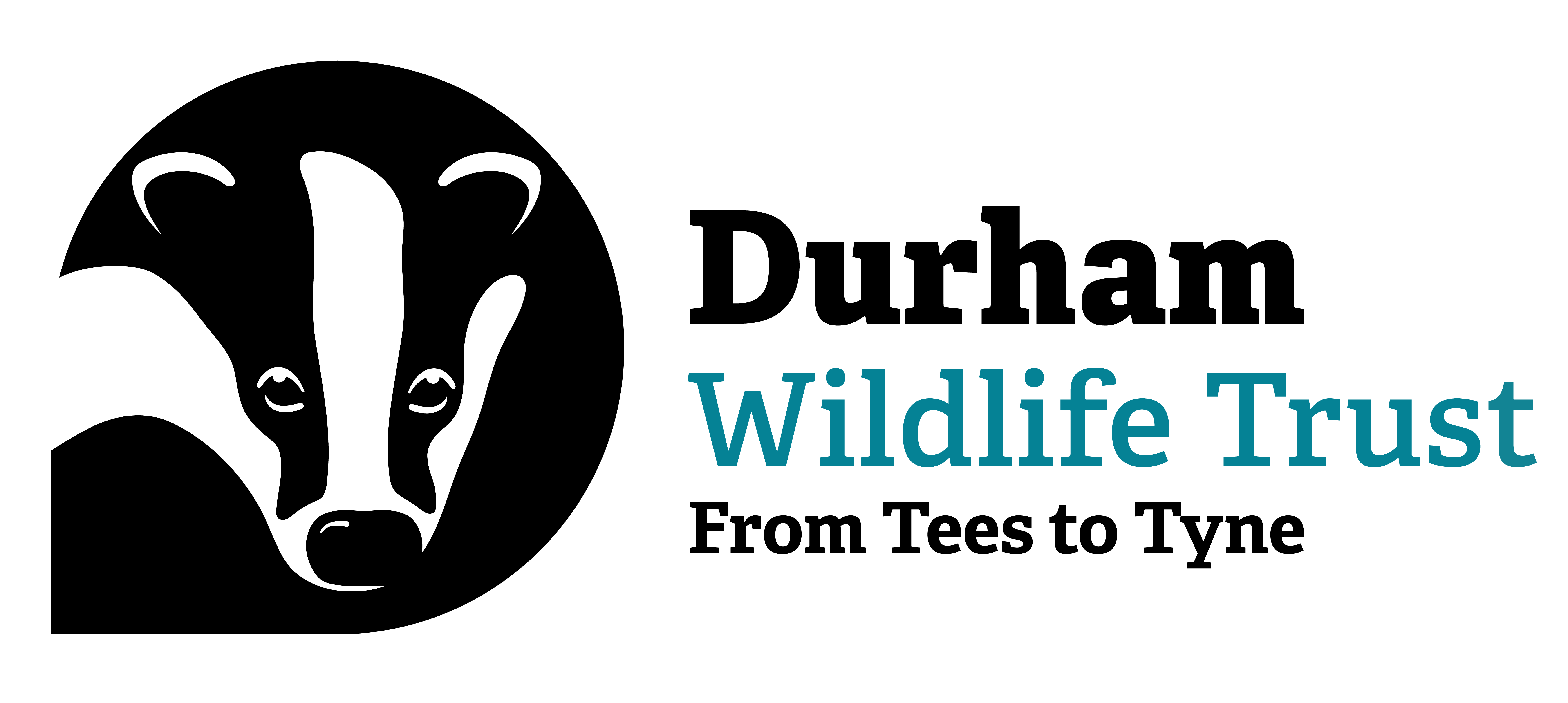
Blackhall Rocks Nature Reserve
Stronger Shores
The Stronger Shores project brings together leading academics, Wildlife Trusts and other nature conservation non-governmental organisations (NGOs) to improve understanding of the costs and benefits of kelp, seagrass and native oyster habitats with regard to coastal erosion, flood risk, climate change, biodiversity management and wider benefits.
The Stronger Shores project is collaboration at its best, with leading academics and Wildlife Trusts and other nature conservation non-governmental organisations (NGOs) innovating together. The project will fill the evidence gap so that we have a better understanding of the costs and benefits of restoring kelp, seagrass and native oyster habitats. These habitats can reduce coastal erosion and flood risk, and also sequester carbon from the atmosphere, providing a nature-based solution for the climate and biodiversity crises. The project will provide a mechanism for incorporating these nature-based solutions into future coastline management strategies and work along our coasts.
Hosted by South Tyneside Council, Stronger Shores stretches from the Northumberland/Scottish border down the North Sea coast to Skinningrove in Redcar and Cleveland. It is one of the 25 pioneering projects funded by the Government’s Flood and Coastal Resilience Innovation Programme, which seeks to develop and test ground-breaking interventions to improve resilience to flood and coastal erosion risk.
Stronger Shores brings together the Durham, Northumberland and Tees Valley Wildlife Trusts, to deliver activities that will help communities understand the benefits of marine habitat restoration. These activities are linked to work by the partners on seagrass, kelp and oysters, and will be delivered by a Marine Engagement Officer hosted by Durham Wildlife Trust. The Wildlife Trusts in the North East will be leading seagrass re-introduction trials. The trials use an innovative new modular system pioneered by other Wildlife Trusts operating along the North Sea coast. The modules, loaded with seagrass seeds from the Wildlife Trusts’ seagrass nursery on the Humber, will be inserted into mud and sand habitats in the intertidal zone at select locations along the North East coast. The sites selected are areas where seagrass was previously recorded and has been lost, or where environmental conditions appear to now be conducive for seagrass introduction.
"Hi there, I’m Blair Watson, the new Stronger Shores Marine Engagement Officer, joining the Trust from Dynamic Earth up in Edinburgh, where I’ve been employed as the Project Officer on a deep-sea engagement project for the past 2 years. Before that, I developed engagement materials at the University of the Highlands and Islands, and worked with the Marine Conservation Society.
I'll be working on the Stronger Shores Project for Durham Wildlife Trust, on behalf of the North Sea Wildlife Trusts. Stronger Shores is working on the restoration of marine habitats and species, and I’m excited to get started and play my part in restoring marine habitats. It’s a real passion of mine, as I grew up on the coastline, spending most of my days paddling about and exploring the nearby rockpools. If you see me at an event, come and say hi!"

